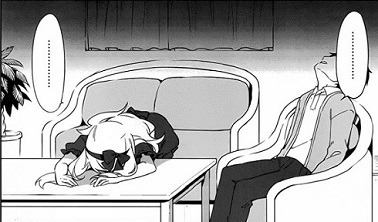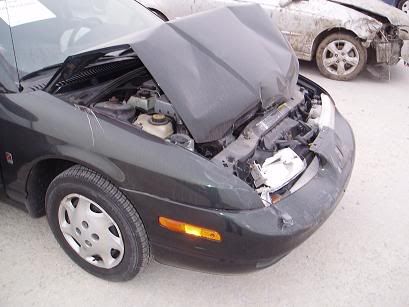 by Editor » Mon Oct 26, 2009 4:10 pm
by Editor » Mon Oct 26, 2009 4:10 pm
- Motto: ""I'm not even supposed to be here today!""
- Weapon: Shotgun
The thing about people buying them in the 80's is that the whole dynamic behind collecting/buying/scalping and such has changed over time.
From the point of living thru the toy fads of the 80's and working in a comic shop for a good chunk of the 90's I can say that things changed with the introduction of eBay and Todd McFarland in the toy industry.
Yes, there have been toy scalpers for longer than that, and i'm sure there is plenty of video still out there of the hysteria from the hey days of Cabbage Patch Kids, and Tickle-me Elmo. But those two changed a lot.
The scalpers for Cabbage Patch Kids got their money selling thru want ads, and Flea markets. With the introduction of eBay and other online site, a small hobby for some people looking to capitalize on a quick buck suddenly had the world at their finger tips and the means to find profit from people all over. Just look at the rise of Beenie Babies and how much of it was fueled by the net.
Think of a case of Transformers arriving at your local Target, Wal*Mart, or TRU. the odds are if it contains 12 pieces, that it will be made up of 4 of shelf warmer A, 4 of shelf warmer B, 2/3 of interesting figure C, and 1 or 2, of Chase figure D. Compare that with the 80's and the initial boxes of TF's that stores received.
1 Box all Primes
1 Box all Megatron
1 Box all Soundwave
1 Box equal numbers of Seekers
1 Box equal Mini-cars
1 Box Half Rumble/Ravage, Half Frenzy/Laserbeak
1 Box of 12 Cars
-- 1 Jazz
-- 1 Wheeljack
-- 1 Ironhide
-- 1 Ratchet
-- 1 Hound
-- 1 Trailbreaker
-- 1 Prowl
-- 1 Bluestreak
-- 1 Sunstreaker
-- 1 Sideswipe
-- 2 Mirage (due to the dropping of Hauler from the initial selection, released a year later as Grapple)
The point is everything was released in equal numbers, as was common for the time, with a few variations based on company policies. This was turned on it's head when McFarland decided to release his Spawn Toys on his own (then named Todd Toys) and not to chain stores but specialty comic stores, creating a new level of collector's market fueled by his addition of case specials that were the norm in trading cards at the time. With the addition of the emerging secondary market, the scaling down of some companies and the shrinking numbers of companies as some when under or were acquired by others, the big companies adopted a number of things from smaller companies (like shifting case allocations) and rather than setting an assortment that was locked in advance (Look at the second year when rather than waves we would see whole assortments like special teams released at the same time) we get things spread out with different pieces releasing months or weeks apart (how long did it take to complete Energon combiners??)
Makes you wonder how much of the perceived 'collectors market' is fueled by company execs figuring out when they'll drop certain pieces into the market, how much time between shipments, and what gets shortpacked. It's amazing how much some people will pay for an item perceived as being rare because only 1/2 are put in a box, only to find 3 months later that it's now 4 to a case.
ok enough rambling but that's my two cents.







 I wouldn't necessarily count out Ben 10. People that grew up on that show might want the toys they couldn't buy as a kid.
I wouldn't necessarily count out Ben 10. People that grew up on that show might want the toys they couldn't buy as a kid.
